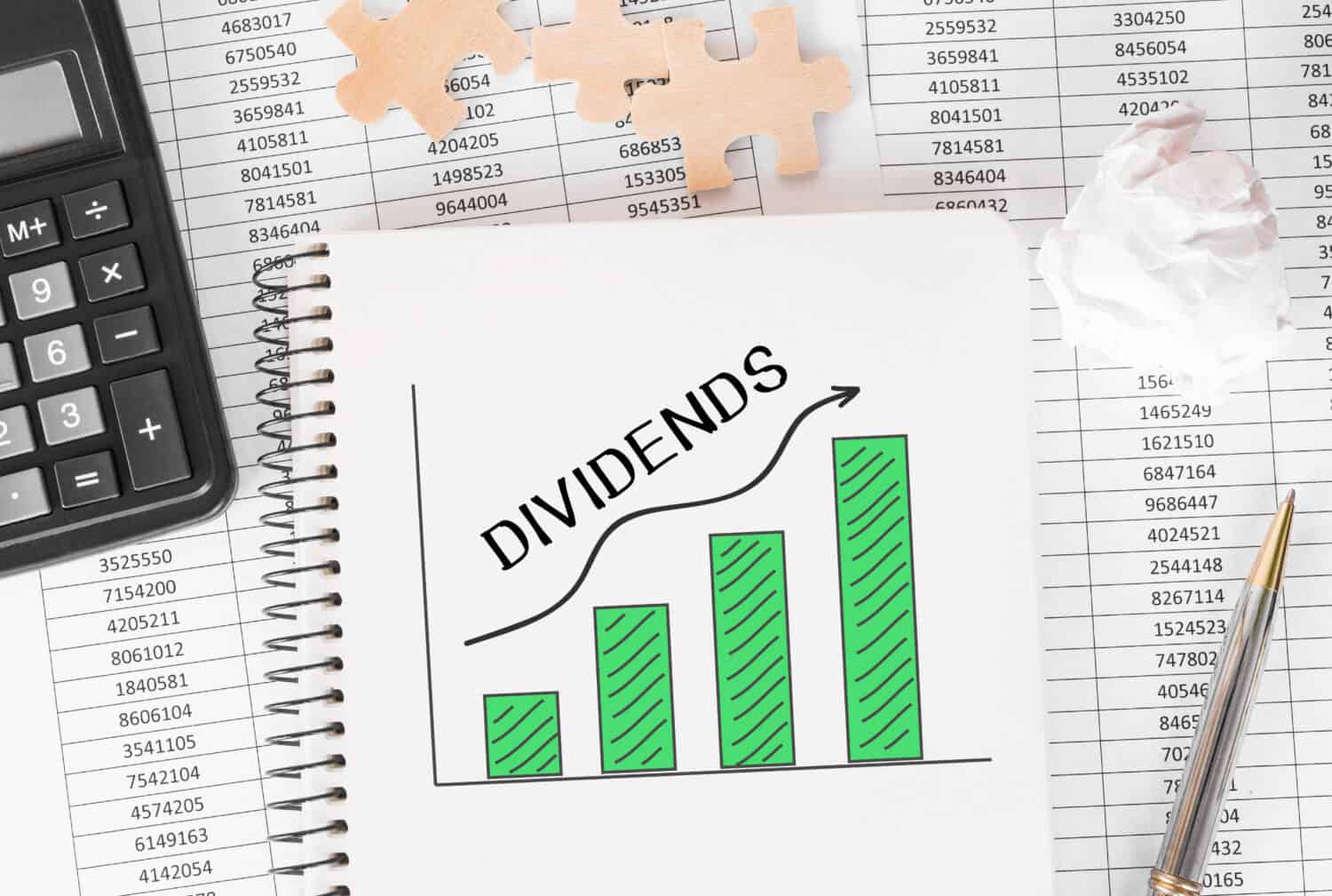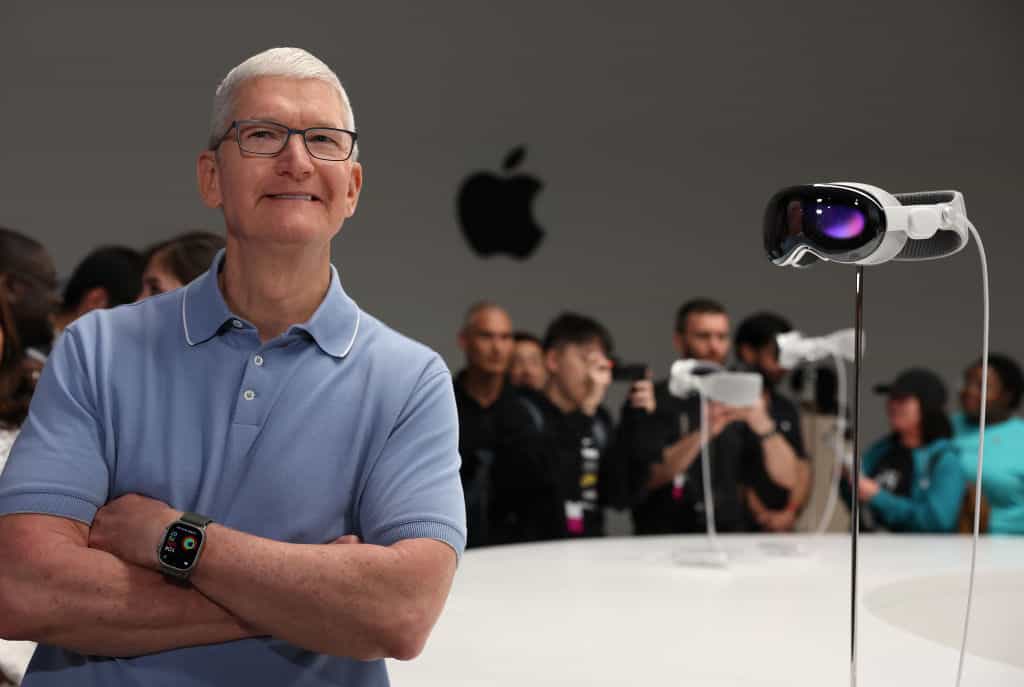Investing
3 Reasons Apple Should Pay an Astounding $26 Billion Dividend Next Year

Published:
Last Updated:

Apple (Nasdaq: AAPL) isn’t a lightweight when it comes to dividends, the company pays out more than $15 billion per year in dividends. That’s more than dividend heavyweights like Exxon Mobil (NYSE: XOM) and Verizon (NYSE: VZ), which pay out $14.9 and $11 billion in dividends annually.
Yet, Apple’s pace of dividend growth has slowed to a crawl. Combined with a rising share price, the stock now yields only .6%, which is hardly an income-minded investor’s dream. Let’s take a look at why a large dividend increase could make sense today and how Apple’s dividend compares to other options in technology.

Apple first started paying a dividend in 2012, and by fiscal 2013 was already paying out $10.5 billion annually. The problem is that their dividend growth rate has collapsed in recent years.
| Year | Dividends Paid |
|
2019 |
$14.119 billion |
| 2020 | $14.081 billion |
| 2021 | $14.467 billion |
| 2022 | $14.841 billion |
| 2023 | $15.025 billion |
When you combine stagnant dividend payouts with rising share prices, the yield of stocks begins to shrink. While Apple had a respectable yield in the past that at times exceeded market averages, its dividend yield today trails not only the S&P 500 but also the IT sector.
Of course, there’s more than one way to return cash to shareholders, and Apple has chosen to buy armfuls of its common stock back each year.
| Year | Shares Repurchased |
|
2019 |
$69.714 billion |
| 2020 | $75.992 billion |
| 2021 | $92.527 billion |
| 2022 | $95.625 billion |
| 2023 | $82.981 billion |
With the hindsight of Apple’s share performance across the past five years, its hard to argue with the success of the share repurchases the company has made. Apple has purchased more than $400 billion worth of shares, often at prices far lower than today.
However, with Apple’s growth slowing, buying back company stock might be less attractive. Another path to attract investor excitement might be yields that are the highest of the “Magnificent 7.”
Presently, Microsoft pays a slightly higher yield than Apple. However, unlike Apple its been committed to increasing its dividend in recent years. In Fiscal 2019 Microsoft paid $13.9 billion in dividends, in the past twelve months it paid $20.7 billion. That’s a growth rate of 50%, which stomps Apple’s measly 6% growth in dividends paid across that time.
(And to be fair to Apple, since its been buying back so many shares across that time its annual dividends paid have increased from $.75 per share to a target of $.96 per share this year.)

So, here’s a modest proposal. In 2019 and Apple had a dividend payout ratio of about 25% their earnings. In recent years, this payout ratio has fallen to 15%.
If Apple were to simply shift some of its cash allocated to share repurchases to issuing dividends, it could easily get its payout ratio back to 25%. Estimates for 2025 net income come out to $107 billion, which means Apple would pay about $26 billion in dividends (or around $1.60 per share) at a 25% payout ratio.
While this would only be about a 1% dividend yield, it would give Apple the highest dividend yield among large tech stocks. With most funds needing exposure to the Magnificent 7, Apple could be the best option of the bunch for income-minded investors. That’s particularly important since Meta (Nasdaq: META) just started paying a dividend.
So, Apple can:
With one simple move. Go ahead, Apple. Become a dividend champion.
Thank you for reading! Have some feedback for us?
Contact the 24/7 Wall St. editorial team.